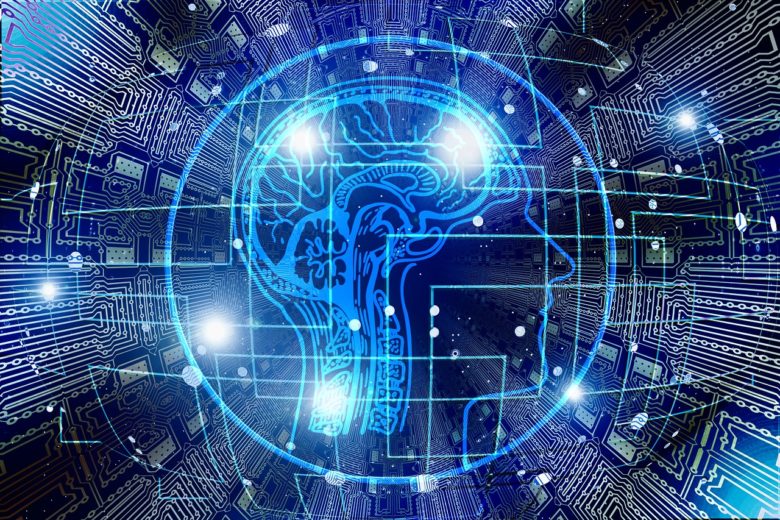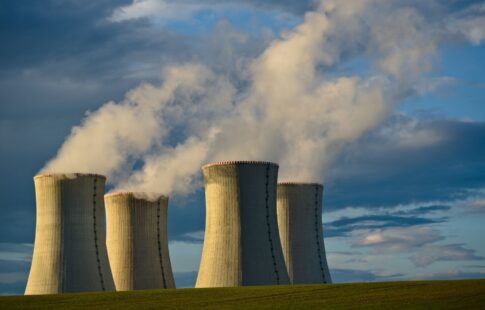
Artificial Intelligence and Its Environmental Costs
We are reader-supported. When you buy through links on our site, we may earn affiliate commission.
Artificial intelligence is an adaptable technology capable of many different functions. It seems like an inherently helpful tool, whether we’re looking at its role in decision-making, research or planning. At worst, AI takes the form of an evil robot intent on destruction, bad for humans but great for ticket sales.
The movies make it seem like AI is only threatening when it has a mind of its own, but this technology has negative consequences that aren’t as obvious. The relationship between artificial intelligence and the environment is an example of how these systems have their share of risks beyond their benefits.
That’s not to say that artificial intelligence doesn’t have value for environmental organizations. It has a variety of advantages for conservation efforts, such as aiding in the assessment of animal populations and identifying trafficked wildlife. AI also enables companies to reduce their energy consumption.
In short, artificial intelligence is a useful technology that has made the world a better place to live. However, these same systems that have improved the planet have also damaged it. AI represents an incredible step forward, but that progress has come at a cost that is just as crucial to acknowledge.
How exactly has AI harmed the environment? What are some of the problems associated with this rapidly advancing technology? Here are some of the environmental repercussions of artificial intelligence you may not know about.
The Fourth Industrial Revolution
The First Industrial Revolution spurred the development of the steam engine, giving way to increased urbanization. In the two revolutions that followed, society gained access to an enormous number of technologies that simplified the lives of everyday people. Each period brought new and exciting advancements.
With the introduction of artificial intelligence, the Internet of Things and similar innovations, we’ve entered the Fourth Industrial Revolution. However, this one is different than those of the past. It promises to blend the physical, digital and biological worlds through a wide range of technologies.
Unfortunately, these changes are not entirely positive. Though the Fourth Industrial Revolution will improve manufacturing and even environmental monitoring, the adoption of new electronics will have implications for e-waste. This refers to any discarded electrical or electronic devices.
A report from the United Nations has projected the amount of global e-waste to reach 52.2 metric tons by 2021. The UN also warned of the dangers of e-waste, both to human health and that of the environment. The subject will receive greater attention as the Fourth Industrial Revolution gains momentum.
Other people have raised concerns over the effects of 5G networks. The radio waves they need to function could lead to a range of complications with natural ecosystems. Studies have shown the link between radio-wave exposure and birds exiting their nests, along with leaf necrosis in saplings.
Emissions From AI Training Models
Beyond the repercussion of an industrial revolution, the training process for AI technologies is also detrimental to the environment. The impact of these activities is difficult to believe. A Cornell University report found that a common AI training model has the potential to emit over 626,000 pounds of carbon dioxide equivalent.
To provide perspective, the lifetime emissions of the average American car — with the manufacturing of the vehicle itself — is only around one-fifth of that number. Given the widespread adoption and increased development of new AI technologies, the emissions they produce will pose a significant problem in the future.
Why are AI training models so wasteful? A brief look at the demands of natural-language processing, or NLP, makes the problem easier to understand. Training that involves NLP requires huge data sets from the internet, and converting them into a program can take an enormous amount of computing power.
However, it’s important to note this initial training isn’t always the only kind an AI receives. It will sometimes undergo extra training to increase its accuracy, optimizing the model through processes like neural architecture. Tweaking the network design in this way has substantial costs for relatively little gain.
Still, these systems and similar technologies are not without their advantages. For example, big data benefits sustainability in amazing ways. It’s about balancing those benefits with the risks and using artificial intelligence to help improve our quality of life, but not at the expense of the environment.
Artificial Intelligence, Environment and the Future
As we enter the next decade, AI will prove invaluable for many of the challenges that lie ahead. It will also represent one of those challenges, given the effects of the Fourth Industrial Revolution and carbon emissions from AI training. In managing today’s issues, we’ve created others we’ll have to contend with tomorrow.
With that in mind, how can we successfully wield a technology that both helps and harms us? Public awareness is the best place to start, and as long as people understand the effect of artificial intelligence on the environment, progress is possible. When we grasp the problem, we can begin to work toward a solution.
Share on
Like what you read? Join other Environment.co readers!
Get the latest updates on our planet by subscribing to the Environment.co newsletter!
About the author

Jane Marsh
Starting from an early age, Jane Marsh loved all animals and became a budding environmentalist. Now, Jane works as the Editor-in-Chief of Environment.co where she covers topics related to climate policy, renewable energy, the food industry, and more.





